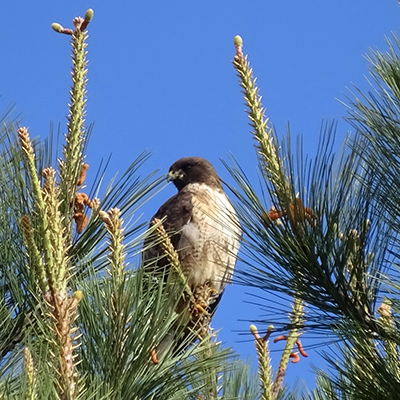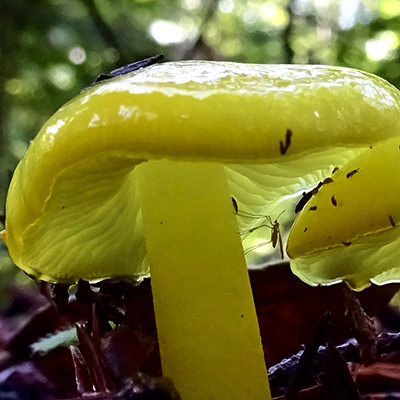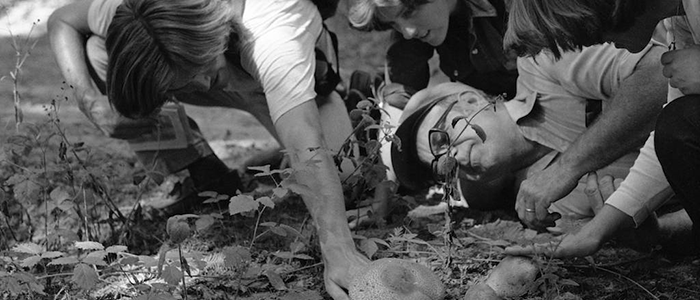Establishment of the UCSC Campus Natural Reserve
 While teaching at University of California, Los Angeles in the 1960s, Professor Ken Norris envisioned a university-owned natural land system to support the work of faculty, students and researchers. Out of this vision and years of personal work and dedication by Ken and his colleagues, Mildred Mathias, Bill Mayhew, and Bob Norris, the UC-wide Natural Reserve System was formed in 1965. Today, the UC Natural Reserve System is a network of protected natural areas throughout California. Its 39 sites include more than 756,000 acres, making it the largest university-administered reserve system in the world. Most major state ecosystems are represented, from coastal tidepools to inland deserts, and lush wetlands to Sierra Nevada forests. The reserves also serve as a gateway to more than a million acres of public lands. Founded to provide undisturbed environments for research, education, and public service; the UC Natural Reserve System contributes to the understanding and wise stewardship of the earth.
While teaching at University of California, Los Angeles in the 1960s, Professor Ken Norris envisioned a university-owned natural land system to support the work of faculty, students and researchers. Out of this vision and years of personal work and dedication by Ken and his colleagues, Mildred Mathias, Bill Mayhew, and Bob Norris, the UC-wide Natural Reserve System was formed in 1965. Today, the UC Natural Reserve System is a network of protected natural areas throughout California. Its 39 sites include more than 756,000 acres, making it the largest university-administered reserve system in the world. Most major state ecosystems are represented, from coastal tidepools to inland deserts, and lush wetlands to Sierra Nevada forests. The reserves also serve as a gateway to more than a million acres of public lands. Founded to provide undisturbed environments for research, education, and public service; the UC Natural Reserve System contributes to the understanding and wise stewardship of the earth.
While teaching at UC Santa Cruz in the 1970s and 80s, Ken and his students surveyed the entire 2000 acres of the campus and detailed the natural communities available here. Then they went to work to negotiate a system of reserve parcels that would provide students and researchers with protected places to work.
The idea of an on-campus reserve at UC Santa Cruz was not a new one. In 1963, prior to the opening of the campus, Professor Stanley Cain proposed a teaching reserve containing all important vegetation types associated with the region. Recommendations for the establishment of a reserve system on-campus continued every several years including Robert Twiss’ in 1965, the 1971 Long Range Development Plan (LRDP), the 1978 LRDP, in 1981, in 1983, until the Campus Natural Reserve was formally established by the 1998 LRDP and then later modified by the 2005 and 2021 LRDPs. While the UCSC Campus Natural Reserve is not part of the greater UC Natural Reserve System, it's administration falls under the leadership umbrella of the Administrative Director of the UCSC Natural Reserves; along with Año Nuevo, Fort Ord, Younger Lagoon, and Landels-Hill Big Creek Natural Reserves.

Norris and his students dedicated years of research, surveying and classifying the natural resources in order to provide UCSC with an on-campus collection of, in Norris’ own words, “outdoor laboratories” or “classrooms without walls” which add to the importance and uniqueness of the campus. His memory continues to be honored today at the Kenneth S. Norris Center for Natural History on UCSC Campus.

